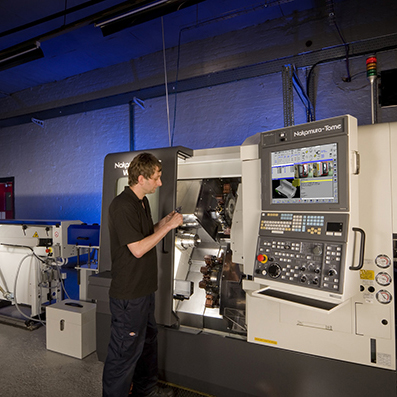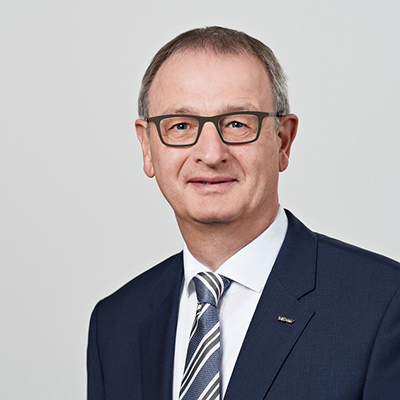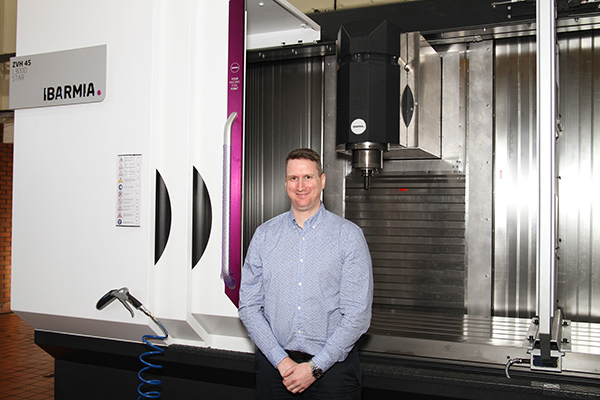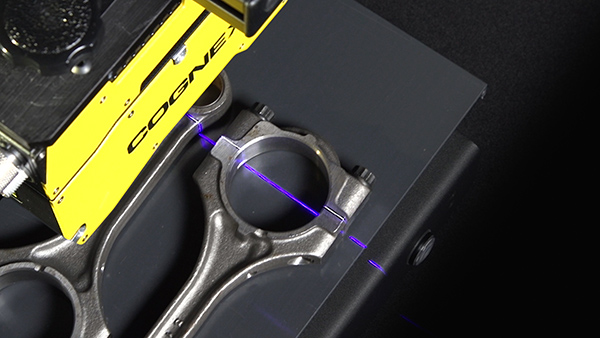
As part of its continued investment strategy, Velden Engineering has ordered a Nakamura-Tome NTY3-150 twin-spindle, three-turret turning centre from the Engineering Technology Group (ETG). With delivery planned for next month, the new addition to the plant list will complement existing Nakamura-Tome turning centres at Velden Engineering.
Based in Bolton, the foundations of the company were formed as a partnership in 1973, and when the company acquired another business in 1984, the name Velden Engineering was born. Velden rapidly reached 50 employees and over 100 by 1990, and was the first UK job shop to achieve ISO9001 in 1987.
Today, the subcontract manufacturer offers a complete range of services including CNC machining, laser cutting, waterjet machining, sheet metalwork, assembly, product build, busbar production, design and development and more.
In 2012, the company acquired its first Nakamura-Tome turning centre, a WT100 compact twin-spindle, twin-turret machine. A year later Velden took delivery of a larger Nakamura-Tome WT150II twin-spindle, twin-turret turning centre with an upper turret Y axis after winning a new contract. A second WT150II arrived in 2017, followed more recently by a third.
“Many of the enquiries we’re starting to receive now are for parts in higher volumes with increased complexity,” says plant manager Lee Valentine. “As a three-turret machine, all with Y-axis capabilities, the Nakamura NTY3-150 opens up a greater opportunity to do even more simultaneous machining and will deliver even faster cycle times. This is possible through the use of special tooling on what will be very price-sensitive parts. The additional cost of the Nakamura NTY3-150 will be offset by allowing us to be even more competitive on certain packages of work and will therefore enable us to win a lot of new business.”
For further information
www.engtechgroup.com























